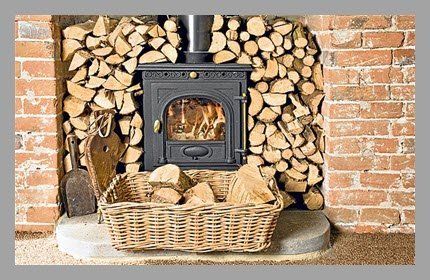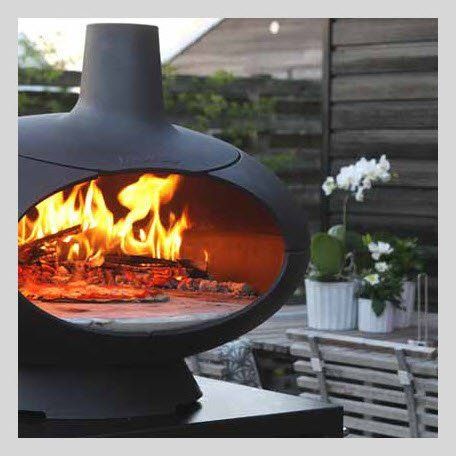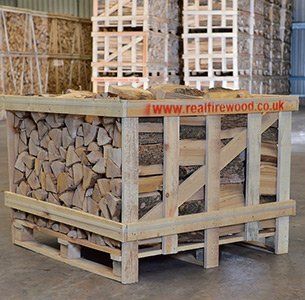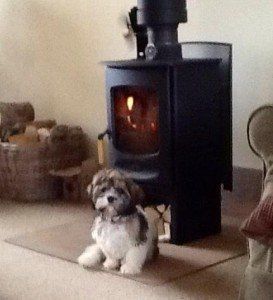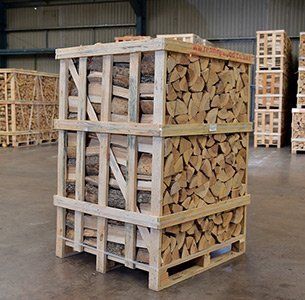THE IMPORTANCE OF CHIMNEY MAINTENANCE
- By Michael Harrison
- •
- 02 Mar, 2016
- •
Generally these deposits are referred to as creosote and have numerous detrimental effects. Their acidic nature will damage the chimney over time, resulting in costly repairs or necessitating replacement. If allowed to build up significantly, they may impede airflow lowering the heat produced by your fire and increasing smoke output. In some cases, if built up to enough of a degree and close enough to the heat source, they can catch fire damaging the chimney and perhaps the rest of the building.
There are many ways to reduce the buildup of creosote over time. The most well-known way is to sweep the chimney. Most of us imagine chimney sweeping isn’t something needed anymore, conjuring up images of a bygone era like a scene from Mary Poppins. However, as long as we are burning fuels attached to chimneys, deposits will continue to happen. Just like plaque on your teeth, the best way to remove these deposits is to brush them away. Granted the brush used in chimneys is a good deal stiffer, the process of repeatedly, firmly brushing at the buildup is the best way to flake away the grime.
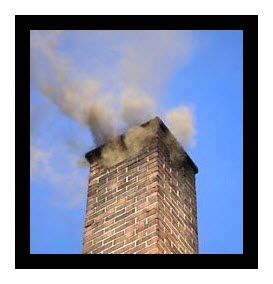
In some cases the creosote is gummy and resists a brush. Should this be your case, there are chemicals which can either be applied directly or added to your next fire which will make the deposits more brittle and easier to brush off. A professional chimney sweep can help you determine if this is necessary and recommend the appropriate products. Modern sweeps have extra tools to help, too, like cameras and vacuums to enable precise cleaning with less mess.
It’s recommended to have your chimney swept at least once a year in order to maintain proper air flow and structural integrity. Usually this is done at the beginning of the cold season if you don’t burn fires year-round. Not only will this make your fires nicer, it also removes any impediments which may have been introduced by local wildlife. You never know if an intrepid bird thought your flue the ideal place for a nest!
Of course, if your fuel is particularly sooty, it may be necessary to have your chimney swept more often. To avoid this extra cost and inconvenience, you can burn a cleaner source of heat. Wood is renewable and fairly easily procured, but not all wood is the same. wood burns better, but it also burns cleaner. Less moisture in the wood allows the logs to burn hotter, which leaves less oils unburned to glue the soot together in your flue. As an added bonus, it is prettier to look at too with more flickering flames.
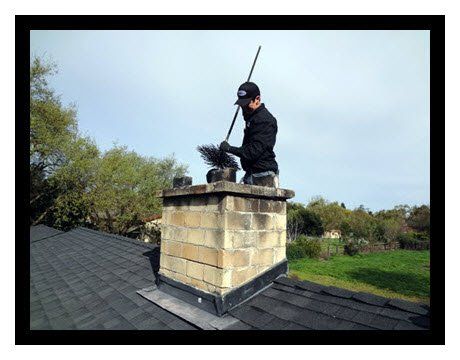
There are several methods of drying wood. One is to simply leave it in a dry place for a few months. While this is certainly sustainable, it isn’t very reliable. Depending on the area and how protected the wood is from inclement weather, the moisture content could still be quite high and barely better than burning green wood. Kiln-fired wood is put in an enclosure which is then heated.
The moisture is allowed to vent and the wood ends up much drier and more consistent. Most purveyors of kiln-dried wood test for moisture content and can tell you precisely what to expect. This will provide a consistent heat source. The reliability will be important if you are trying to achieve specific, constant temperatures for commercial applications. Even if you are just burning it in your home fireplace though, you still reap the benefits of a cleaner-burning fuel requiring less maintenance and creating less risk of dangerous buildup between sweepings.

CONTACT US
Website by Infoserve | Cookies Policy & Privacy Policy

